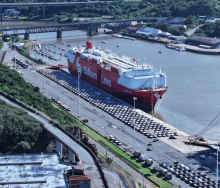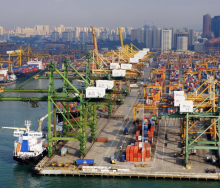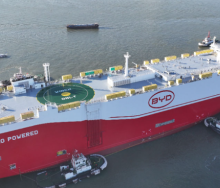An emerging global oversupply of containers is contributing to the decline in second-hand container prices worldwide.
According to a report in Maritime Executive, while global shipping volumes remain high, slowing demand and better utilisation are leading to a near-term decline in the price of containers, which is expected to slowly level off as the peak shipping season ramps up towards the year-end retail selling season.
“As markets reopen and demand softens, the oversupply is a natural outcome of demand-supply forces balancing at new levels,” said Christian Roeloffs, co-founder and CEO of Container xChange, a tech platform for the logistics of container movement.
“The oversupply situation does not come as a surprise because the average container prices and leasing rates have been declining globally since September/October 2021.”
In the latest Container xChange analysis of the market, the data showed that the price of second-hand containers has been on a steady decline in the United States, Northern Europe and China since August 2021.
The analysis showed that the price of containers had outpaced the decline in freight rates which are down 20% since January. Second-hand container prices dropped between 25% and 33% between August 2021 and June 2022.
Prices in China declined by up to a third from around $6 000 in the ports of Shanghai, Ningbo, and Qingdao in August 2021 to almost $4 000 in June 2022. Container prices in Rotterdam, Hamburg, and Antwerp dropped from more than $4 000 to just under $3 000. US prices dropped from $3 500-$4 000 to just under $3 000, but prices in the southern California ports recently rebounded from a low in April back to levels of $3 500 to $3 700 in June.
“We've said it before that the main factor that has driven up prices much more than the historical levels has been a supply-side crunch over the past two years because of lengthening turnaround times of containers caused by supply chain congestions,” Roeloffs said. “That still holds true. We still have about 10% of transport capacity tied up and removed from the value chain. Demand on the other hand has softened now.”
Drewry last week also highlighted the oversupply developing for containers, noting that there was a surplus of almost six million TEUs on the global market. They estimated that the global supply of shipping containers had risen by 13% to almost 50 million TEUs in 2021.
Container xChange predicted that “carriers will rush to get rid of their older equipment. Second-hand container prices will continue to slide, gradually reaching a new normal level, while the new market will dry up”.













